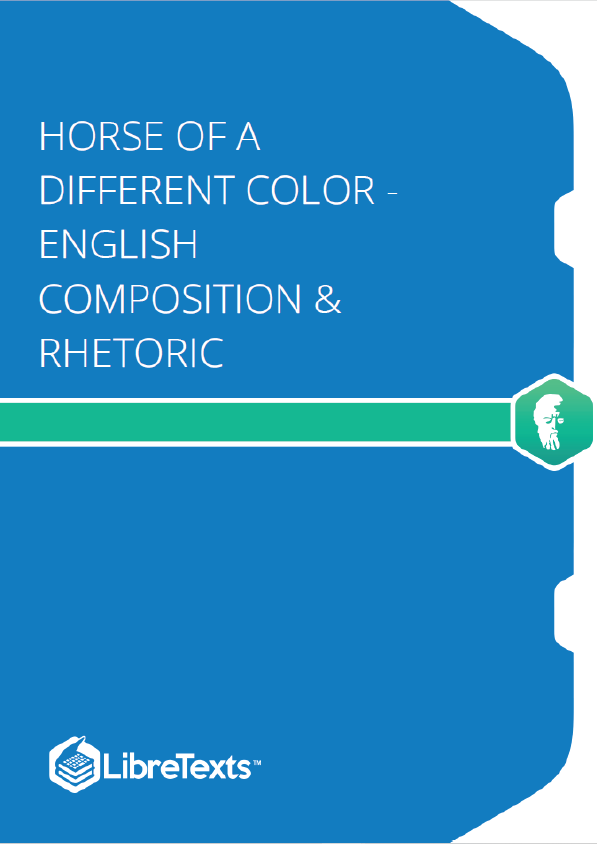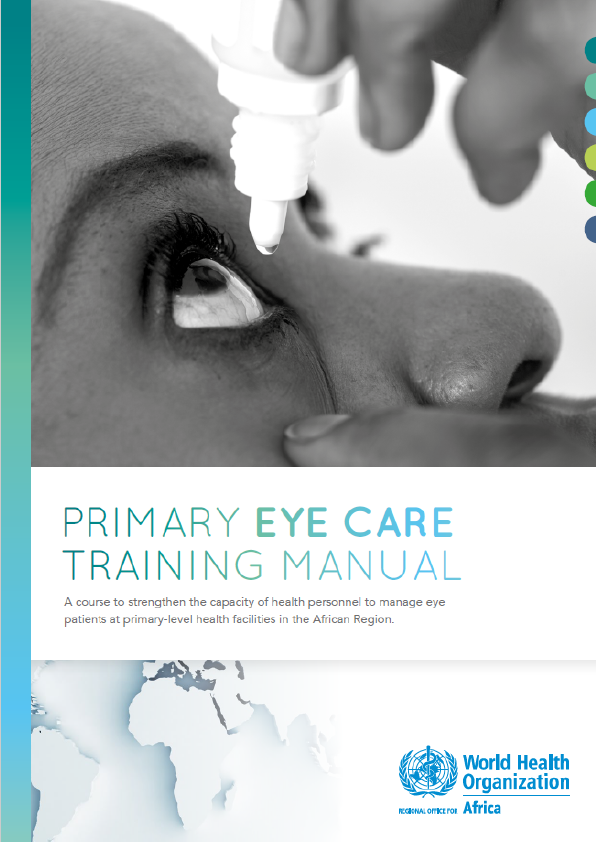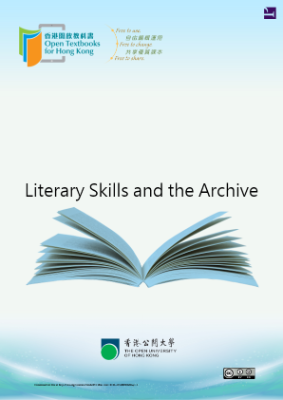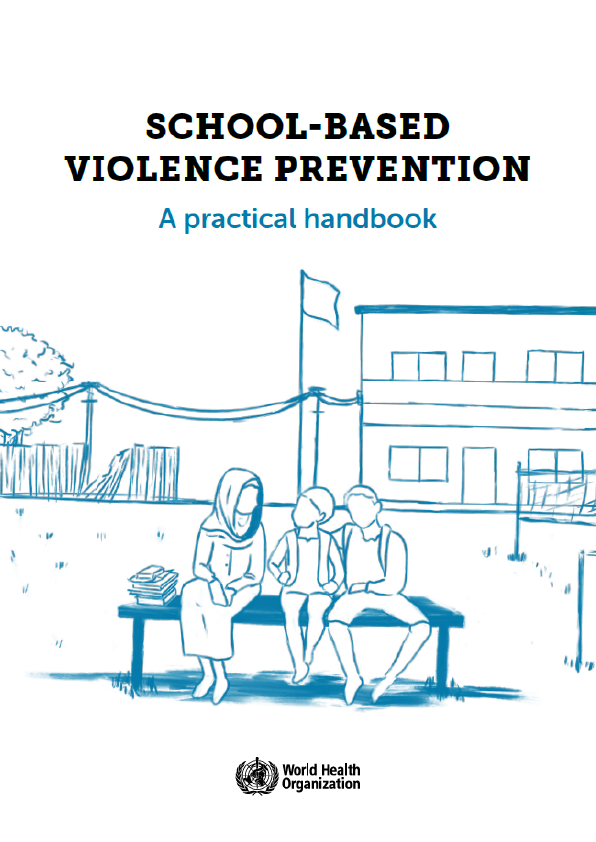Stages of the Writing Process
Although we’ve mentioned that writers often work recursively—that is, frequently switching between drafting, editing, proofreading, and so on—it is useful to break the writing process into different functions or activities. To that end, we have divided it into eight smaller processes: Planning and Prewriting, Collaborating, Researching, Drafting, Editing, Reviewing, Revising, and Publishing.
Prewriting and Organizing
Writers generally plan their documents in advance. This stage, often called “prewriting,” includes everything from making a tentative outline, brainstorming, or chatting with friends or peers about the topic. For some writers, the prewriting stage is mostly mental—they think about their projects, but do not write until they are ready to start the actual document. Others plan extensively and map out exactly how they want their document to look when it’s finished.
This chapter describes common planning and prewriting strategies and should help you “hit the ground running” when starting out your writing projects.
Researching
Writers frequently require reliable information to support their documents. A writer’s personal opinions and experience are sufficient evidence for many types of documents, but audiences will often demand more. Seeking out the information required to support your writing is called “research,” and it comes in many forms.
One form of research is the interview, in which you call up or meet with someone who has information on the topic you are pursuing. Another type, “field research,” involves travel to places where the topic can be studied first-hand. You might also circulate a survey. These three examples are all part of what is called “primary research”—research you conduct yourself.
While many writing teachers assign primary research to their students in the process of writing a “research paper,” much of the research that writing at the college level asks you to do is “secondary research”—exploring other people’s writing in the form of books, scholarly journals, newspapers, magazines, websites, and government documents.
This chapter describes different research strategies and provides you with the tools you’ll need to properly back up the claims you make in your writing.
Drafting
means writing or adding to a piece of writing—composing it. It may seem like a straightforward process but can often be made difficult by writer’s block or other anxieties.











